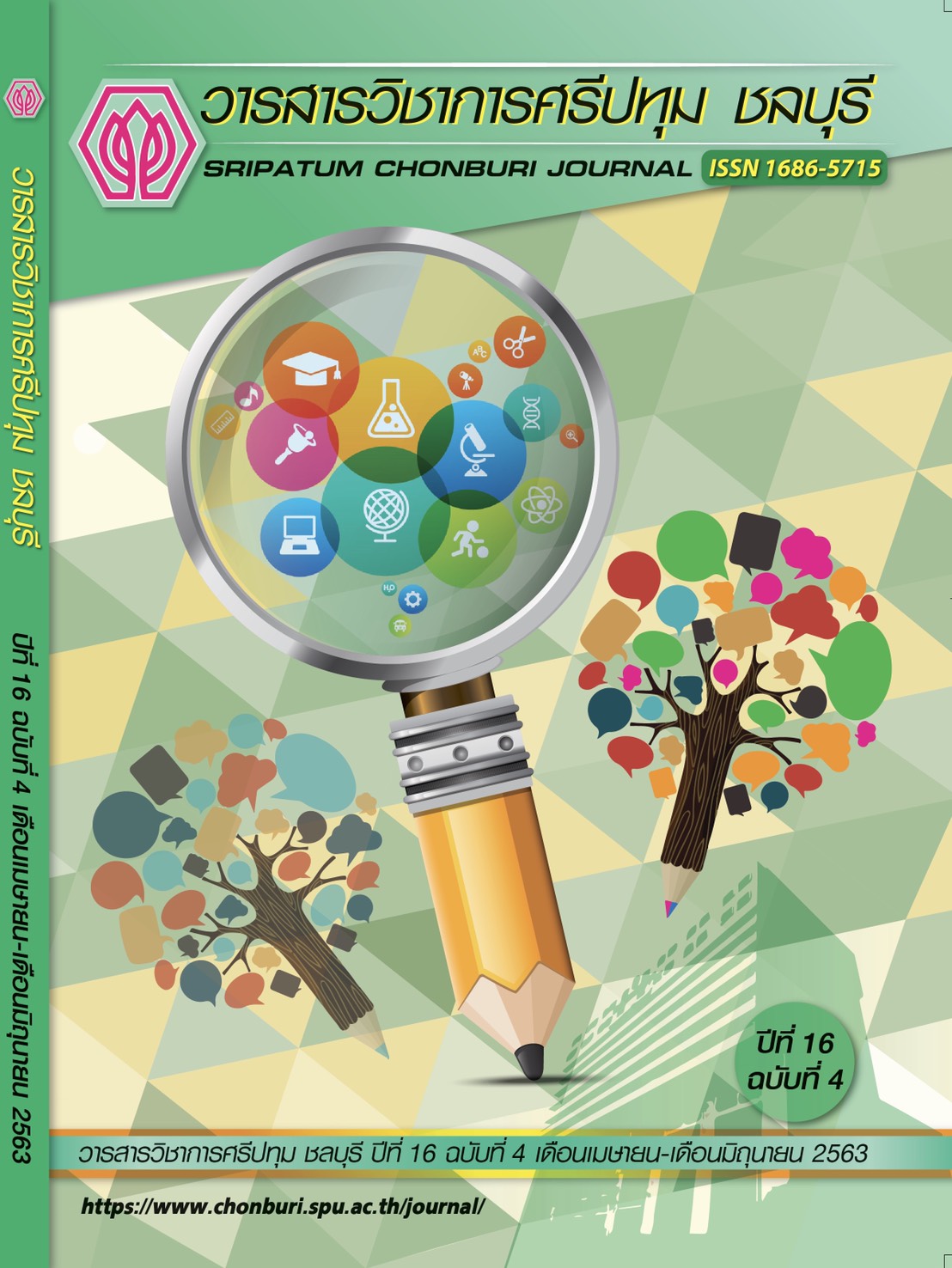FACTORS AFFECTING THE SUCCESS OF ESTABLISHING THE PUBLIC PRIVATE PARTNERSHIPS IN ELDERLY WELFARE PROVIDED IN THAILAND
Keywords:
public private partnerships,, welfare,, elderly.Abstract
The main objective of this research is to study the guidelines for creating a partnership between the government and the private sector in the provision of elderly welfare in Thailand. Using a combination of research to collect data from 17 in-depth interviews and group discussions from 15 elderly persons in each province. While quantitative studies, the research team collected data from 1,991 elderly from the sample provinces. The results showed welfare that the elderly want from the creation of a partnership between the public and private sectors is general welfare, but special attention is paid to the welfare of employees. Medical treatment and housing. Factors affecting the success of establishing a partnership between the public and private sectors in providing welfare for the elderly. It was found that all variables that were studied were 37.10 percent (R2 = 0.371). The study found that only four factors affected overall success include Private sector operations, Public sector operations, Management, and Cooperation from all sectors. With statistical significance at .001. Qualitative research has indicated that Government operations are another critical factor as well. However, qualitative research suggests that government action is another important factor as well. The guidelines for creating a partnership between the government and the private sector in the provision of elderly welfare are made up of 5 factors, which are the main components, and the additional elements are Tax incentive measures And economic stimulation, which, when linked to each other, will be a guideline for creating a partnership between the government and the private sector in the provision of elderly welfare in Thailand.
References
ชัชชษา บุญเนียมแตง และจิดาภา ถิรศิริกุล. (2560). การจัดสวัสดิการสำหรับผู้สูงอายุในสาธารณรัฐเกาหลี: กรณีศูนย์ผู้สูงอายุในเขตมหานครโซล. วารสารวิชาการสมาคมสถาบันอุดมศึกษาเอกชนแห่งประเทศไทย ฉบับมนุษยศาสตร์และสังคมศาสตร์, 23(1), หน้า 34-42.
พระราชบัญญัติการให้เอกชนร่วมลงทุนในกิจการของรัฐ พ.ศ. 2556 (ออนไลน์). (2556). เข้าถึงได้จาก: http://www.ratchakitcha.soc.go.th/DATA/PDF/2556/A/031/1.PDF [2562, 5 มกราคม].
พลภัทร บุราคม. (2558). เอกสารประกอบการบรรยายวิชาการเงิน การคลัง และสถาบันการเงิน. กรุงเทพฯ: คณะรัฐประศาสนศาสตร์ สถาบันบัณฑิตพัฒนบริหารศาสตร์.
วรพล โสคติยานุรักษ์. (2559). เอกสารประกอบการบรรยายรายวิชาตลาด การเงิน และนโยบายการเงิน. กรุงเทพฯ: คณะรัฐประศาสนศาสตร์ สถาบันบัณฑิตพัฒนบริหารศาสตร์.
วิพรรณ ประจวบเหมาะ. (2553). สู่ศตวรรษประชากรสูงวัย. กรุงเทพฯ: สำนักพิมพ์แห่งจุฬาลงกรณ์
มหาวิทยาลัย.
อลงกต สารกาล และศักดิ์ศิทธิ์ ฆารเลิศ. (2561). แนวทางการสร้างองค์กรปกครองส่วนท้องถิ่นที่เป็นเลิศด้านการเสริมสร้างเครือข่ายรัฐ เอกชน และประชาสังคม: กรณีศึกษา เทศบาลเมืองร้อยเอ็ด. วารสารรัฐศาสตร์และรัฐประศาสนศาสตร์, 9(1) หน้า 29-58.
Delmon, Jeffrey. (2009). Private sector investment in infrastructure: Project finance PPP project and risk. Alphen aan den Rijn, Netherlands: A co-publication of The World Bank and Kluwer Law International.
Pattberg, Philipp, et al. (2012). Public-private partnerships for sustainable development: Emergence, influence and legitimacy. Cheltenham, UK: Edward Elgar.
Ramakrishnan, Ramachandran. (2012). Public private partnership (PPP) in Indian Health Care (Online). Available: http://ssrn.com/abstract=2186897 [2016, December 2].
Yamane, Taro. (1973). Statistics: An introductory analysis (3rd ed.). New York, NY: Harper and Row.
Downloads
Published
Issue
Section
License
บทความทุกบทความเป็นลิขสิทธิ์ของวารสารวิชาการศรีปทุม ชลบุรี



